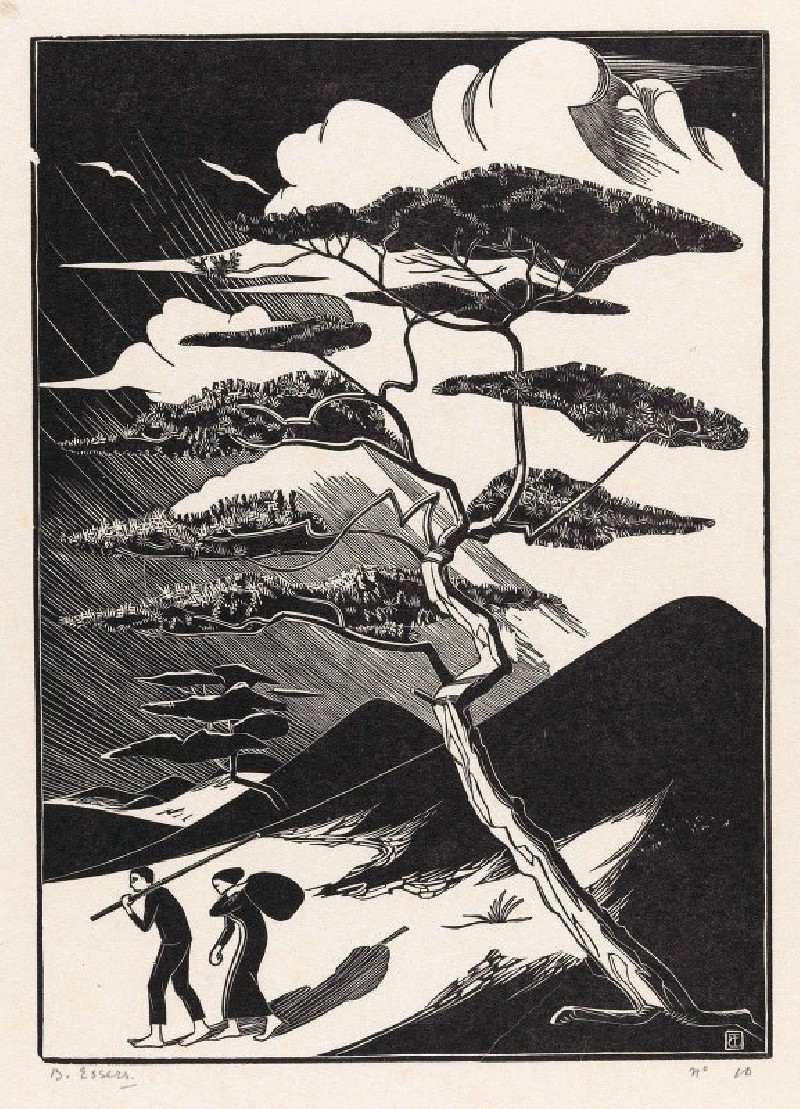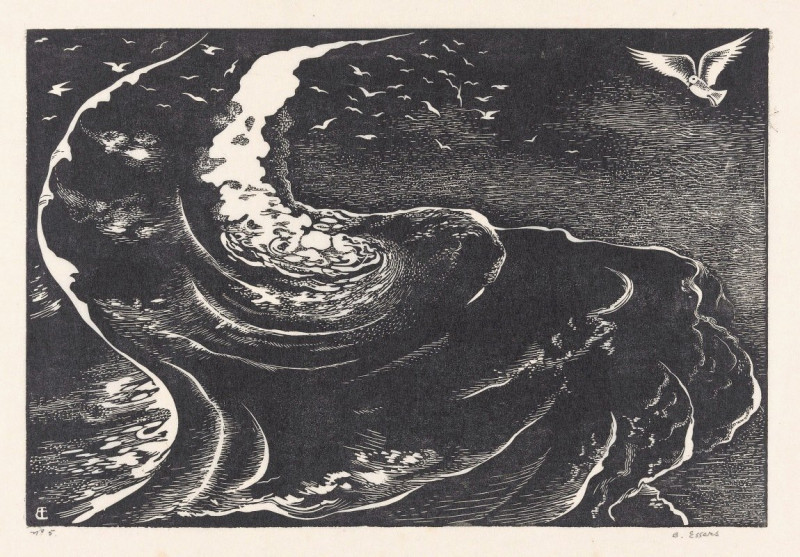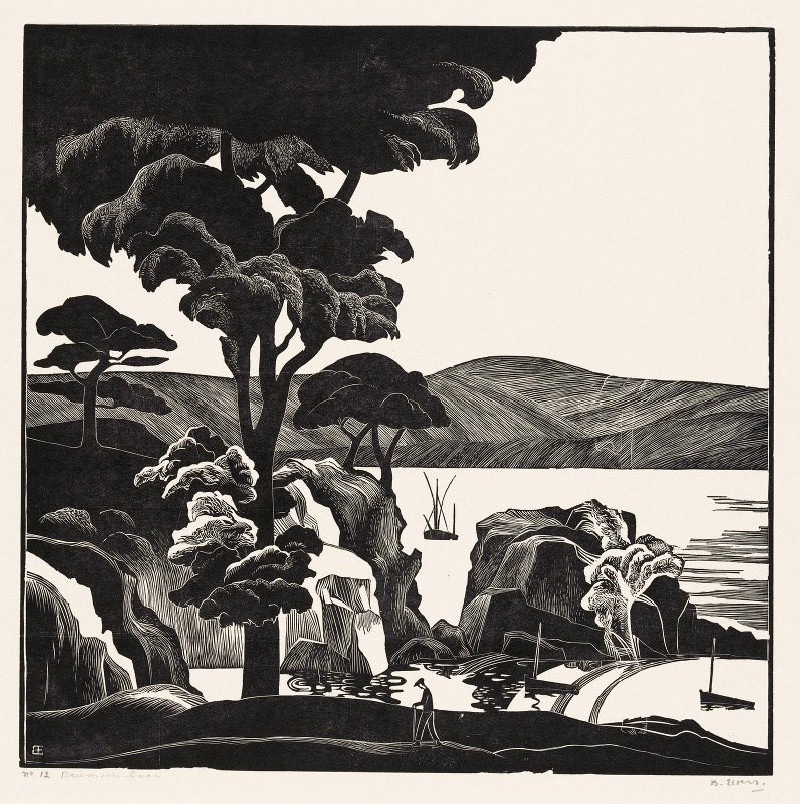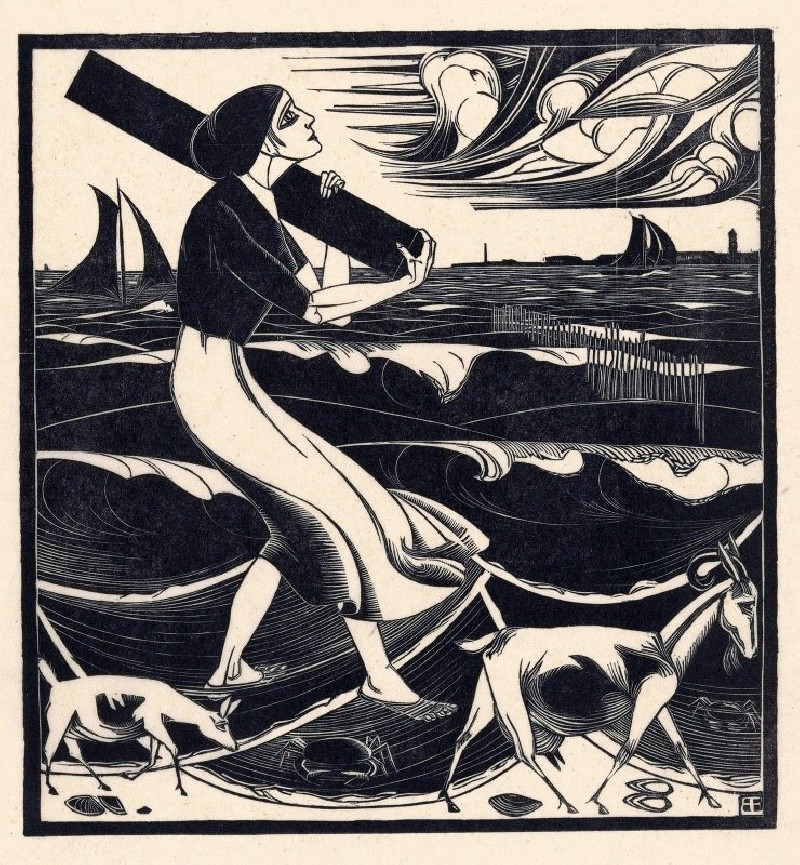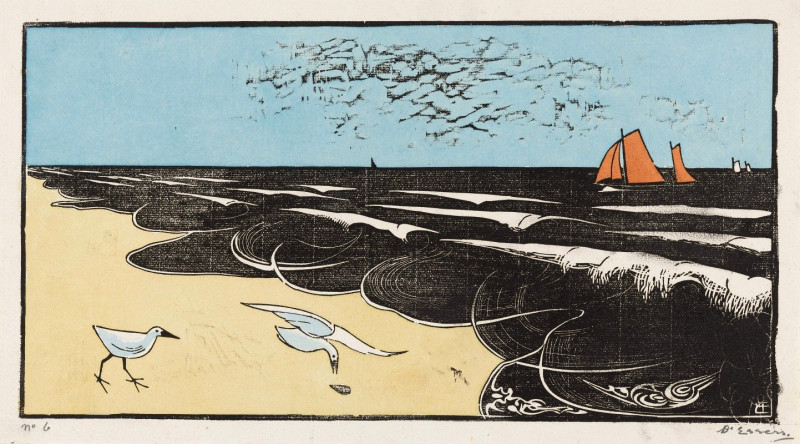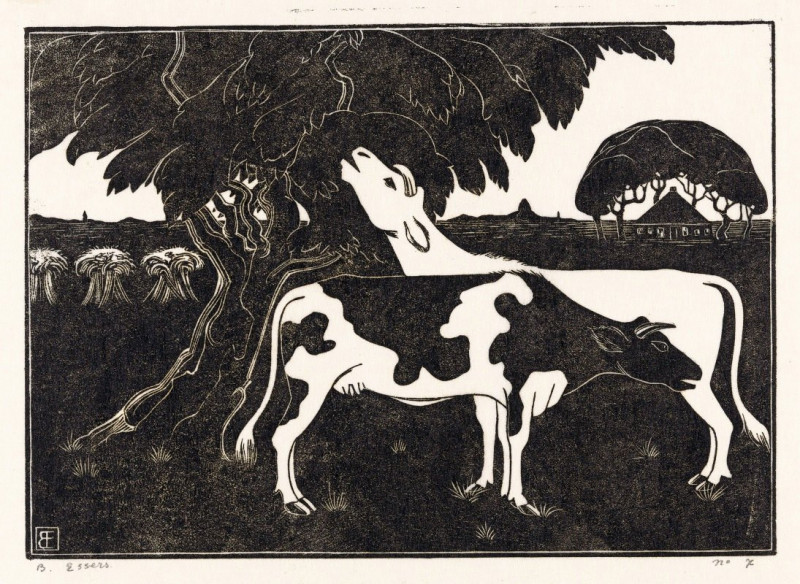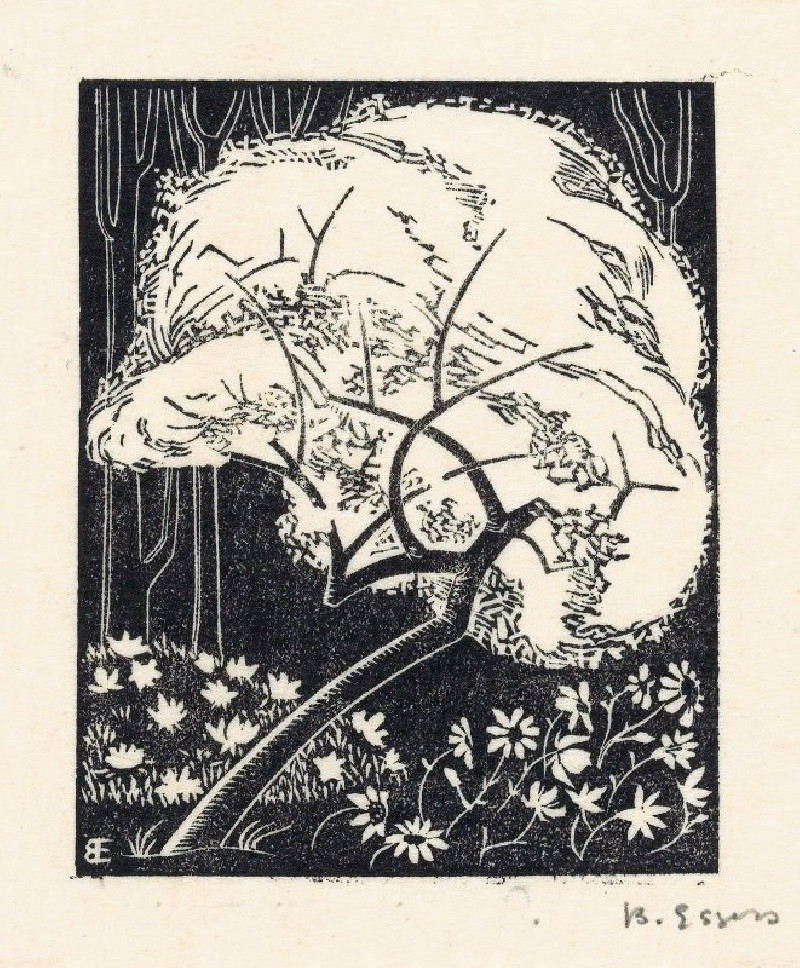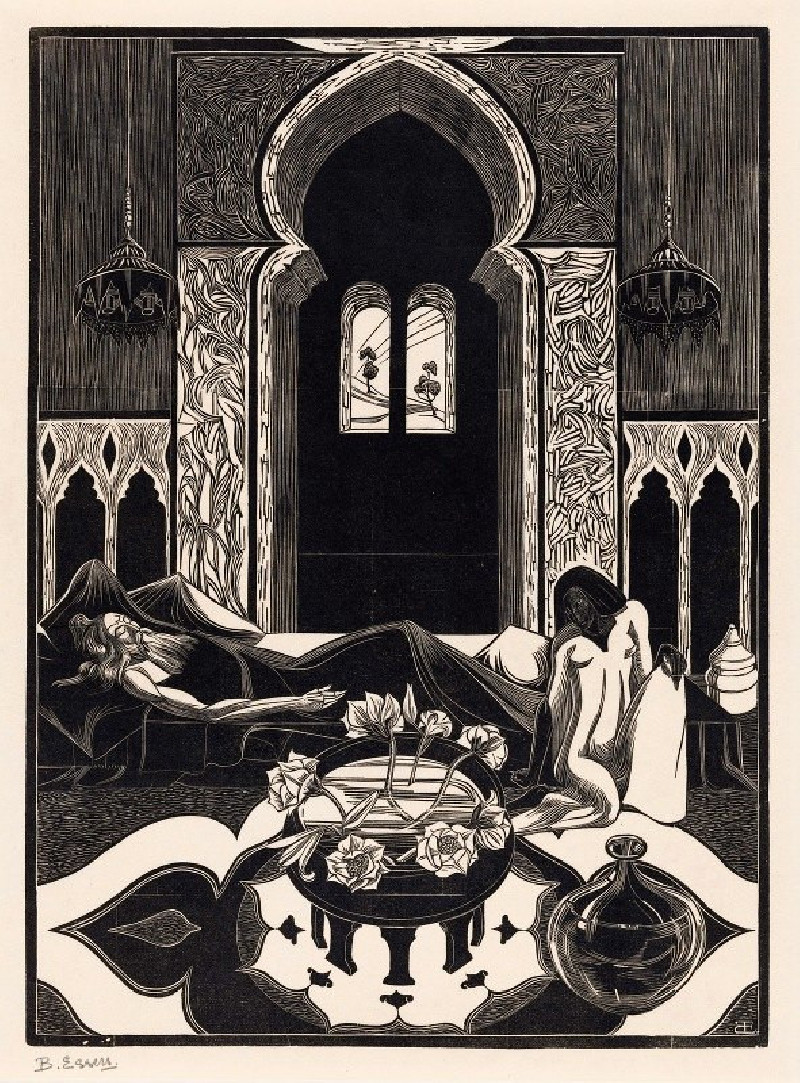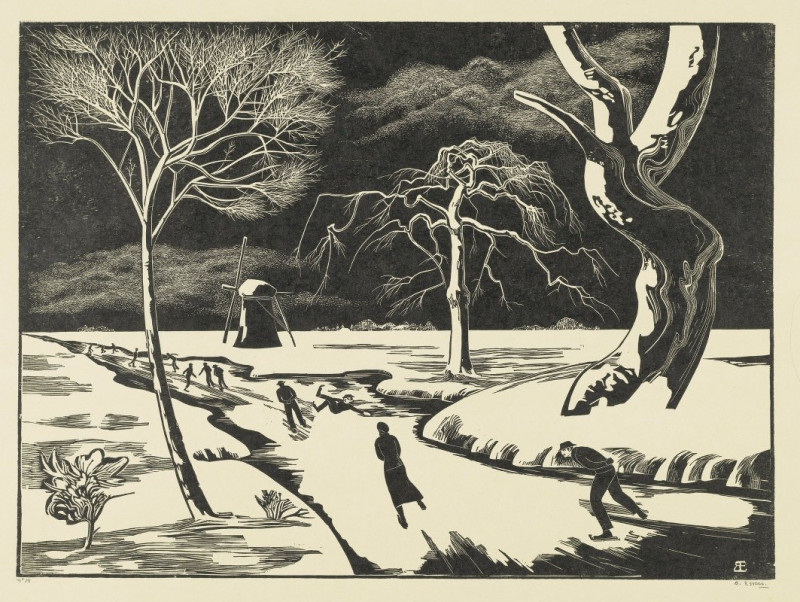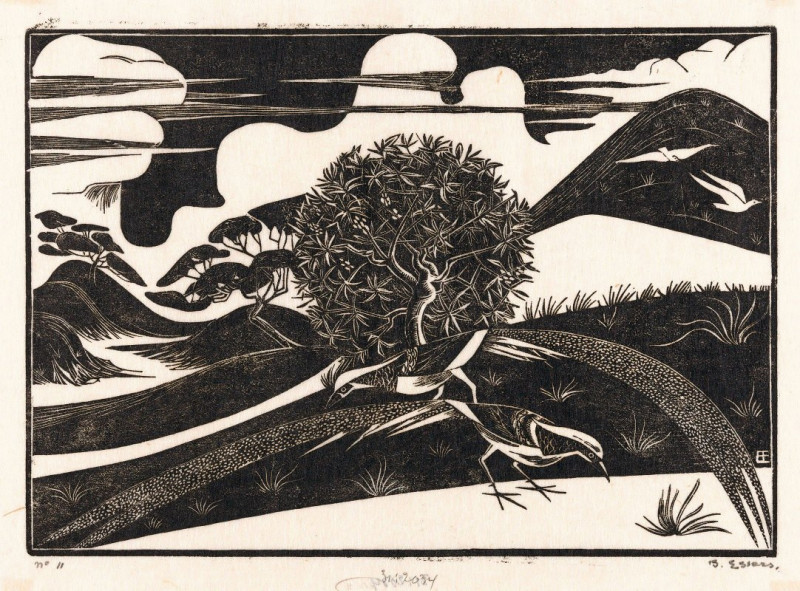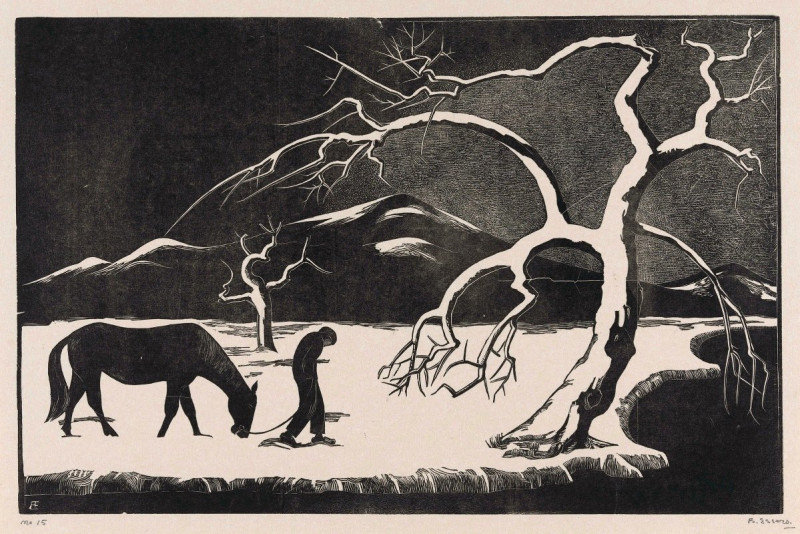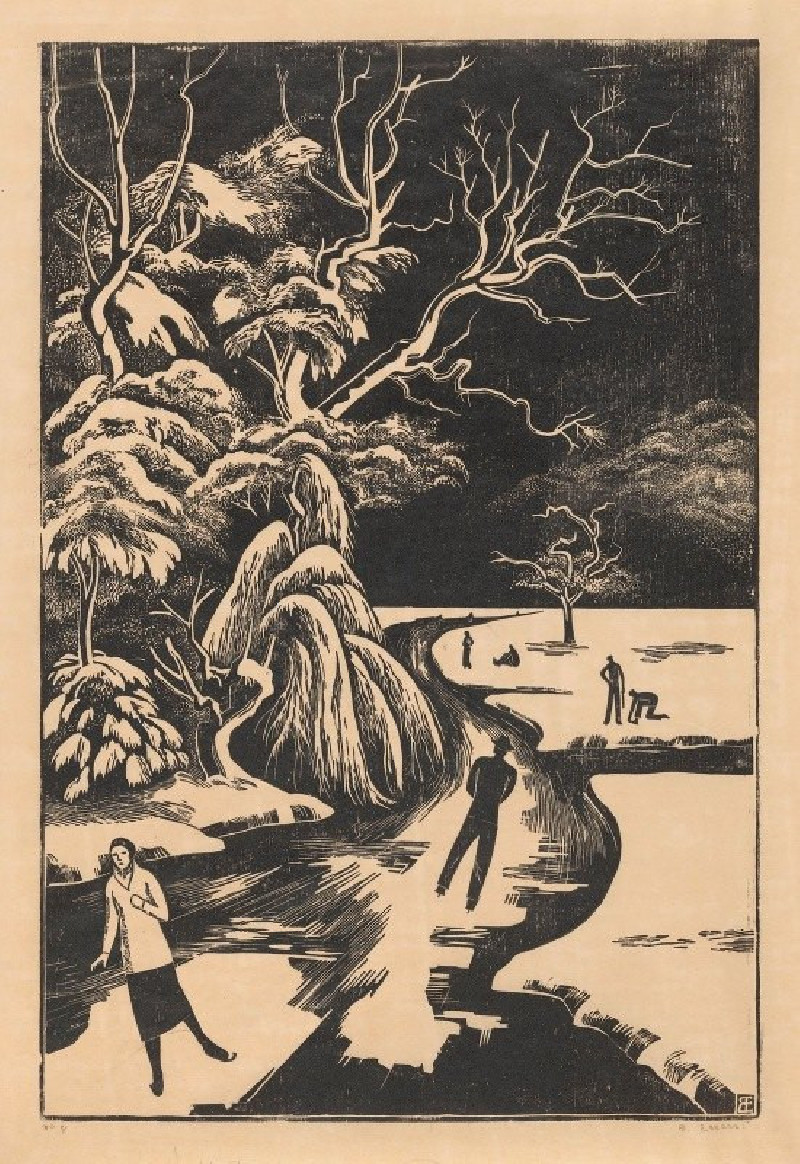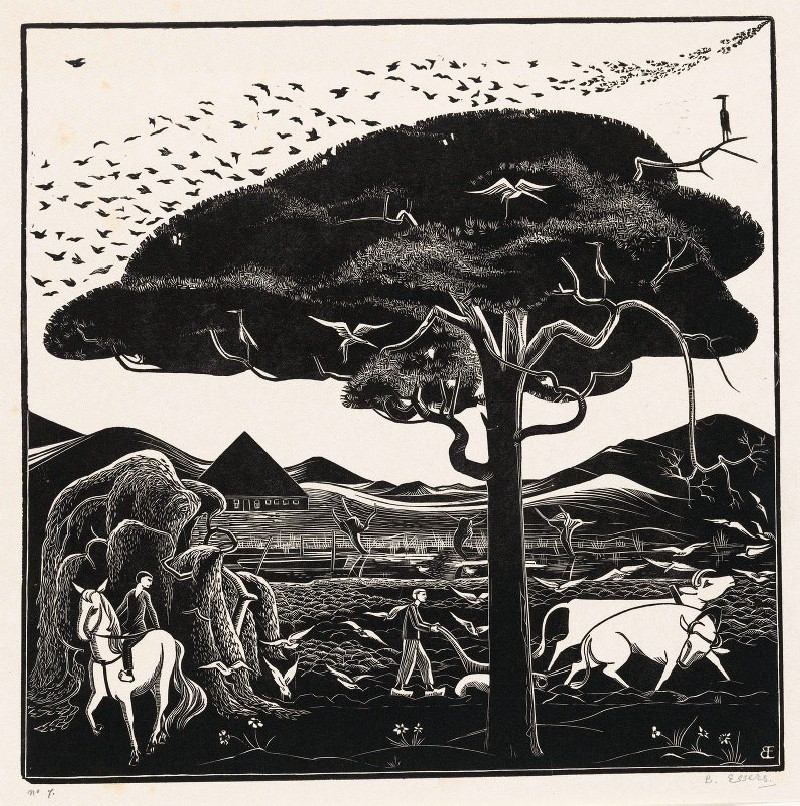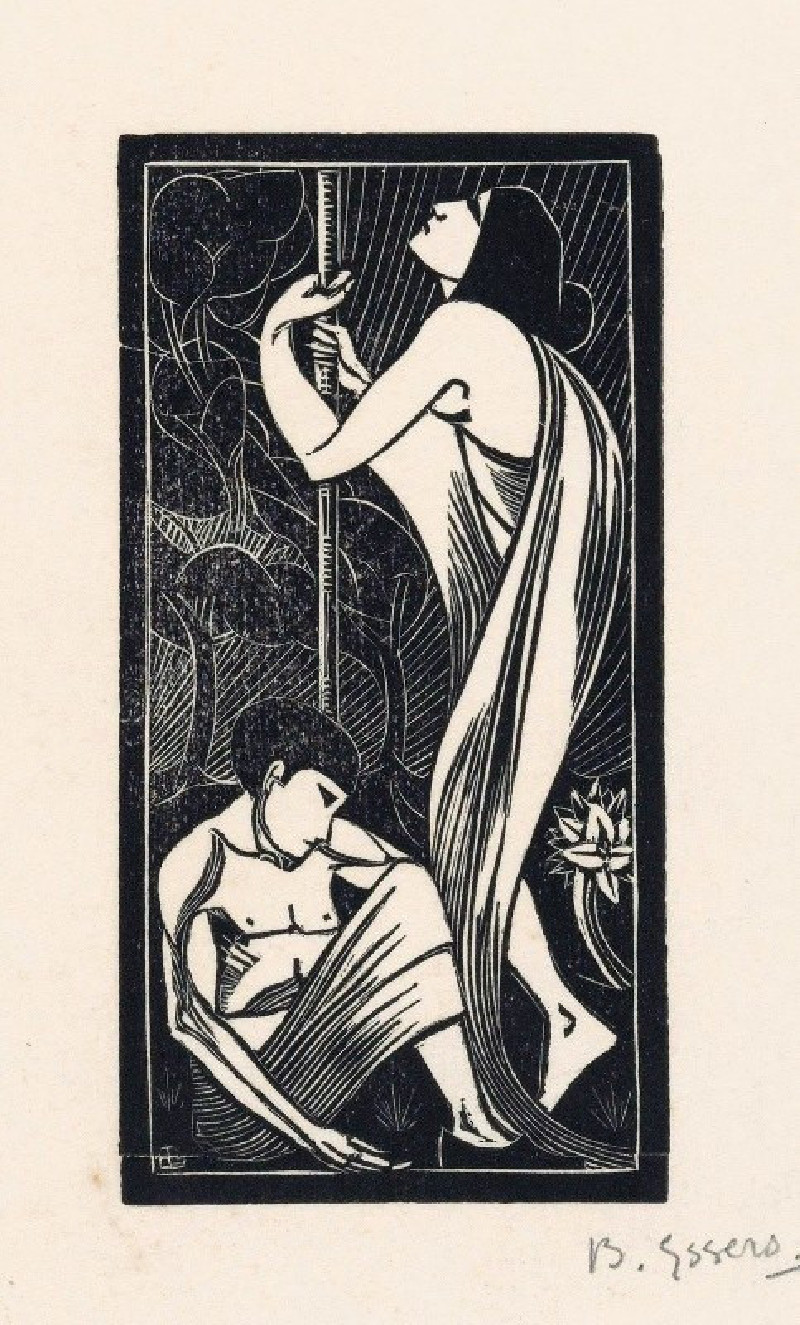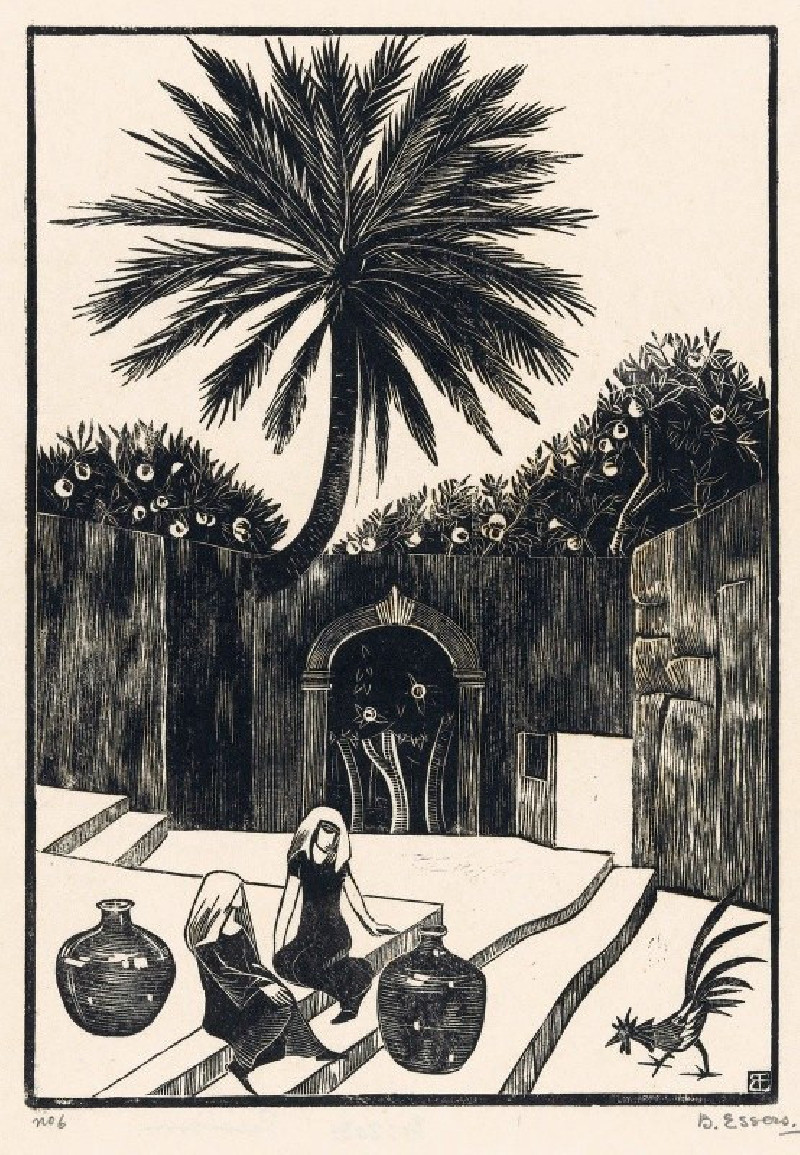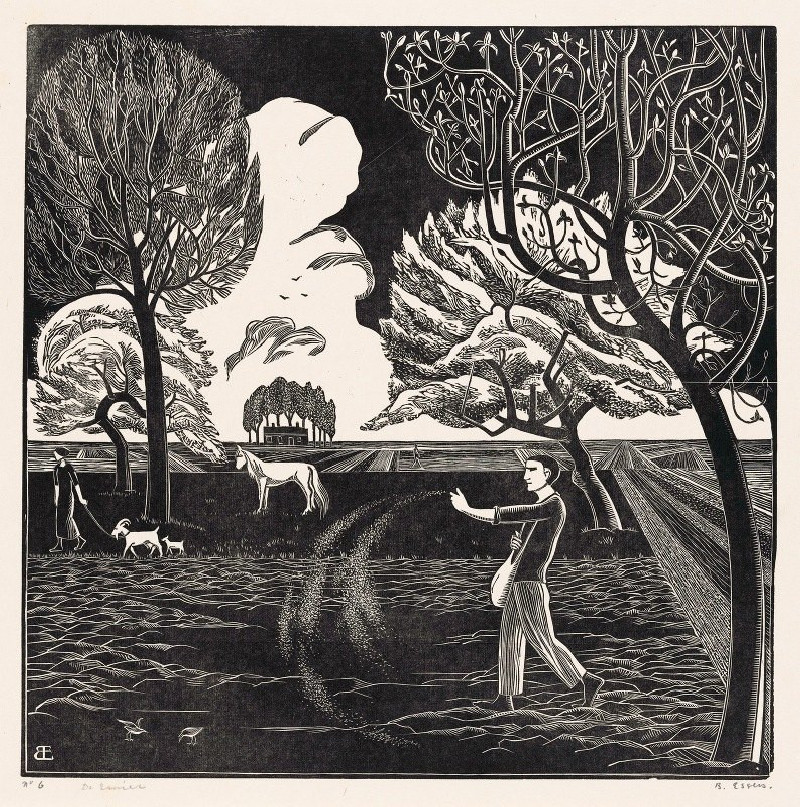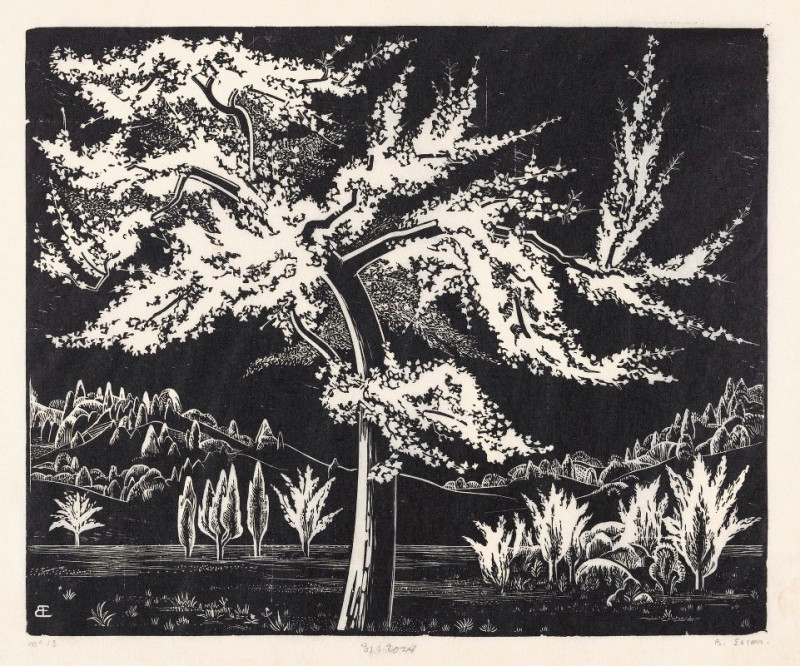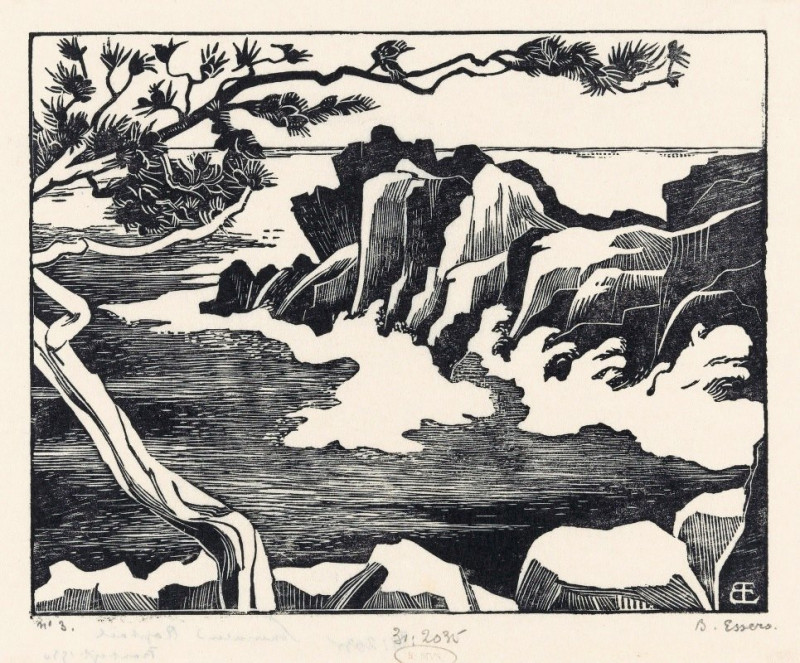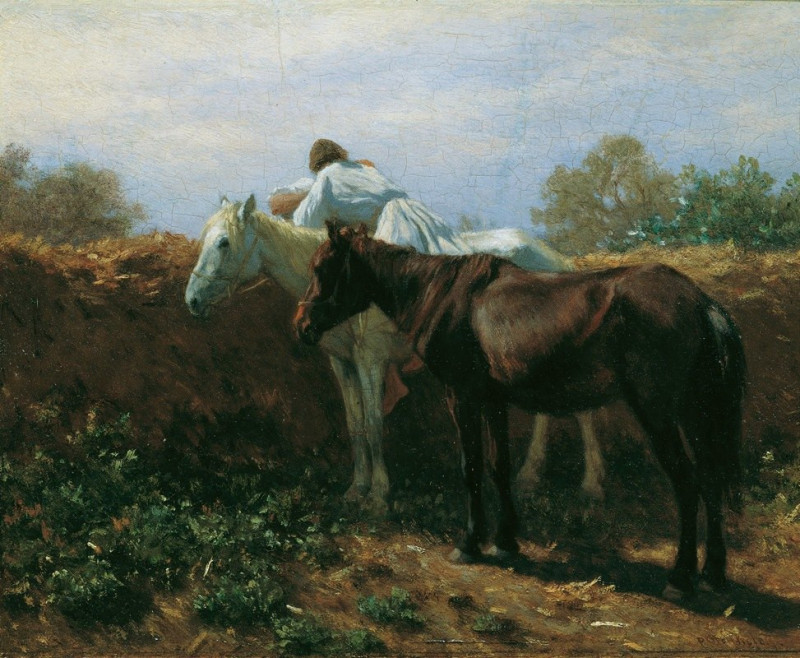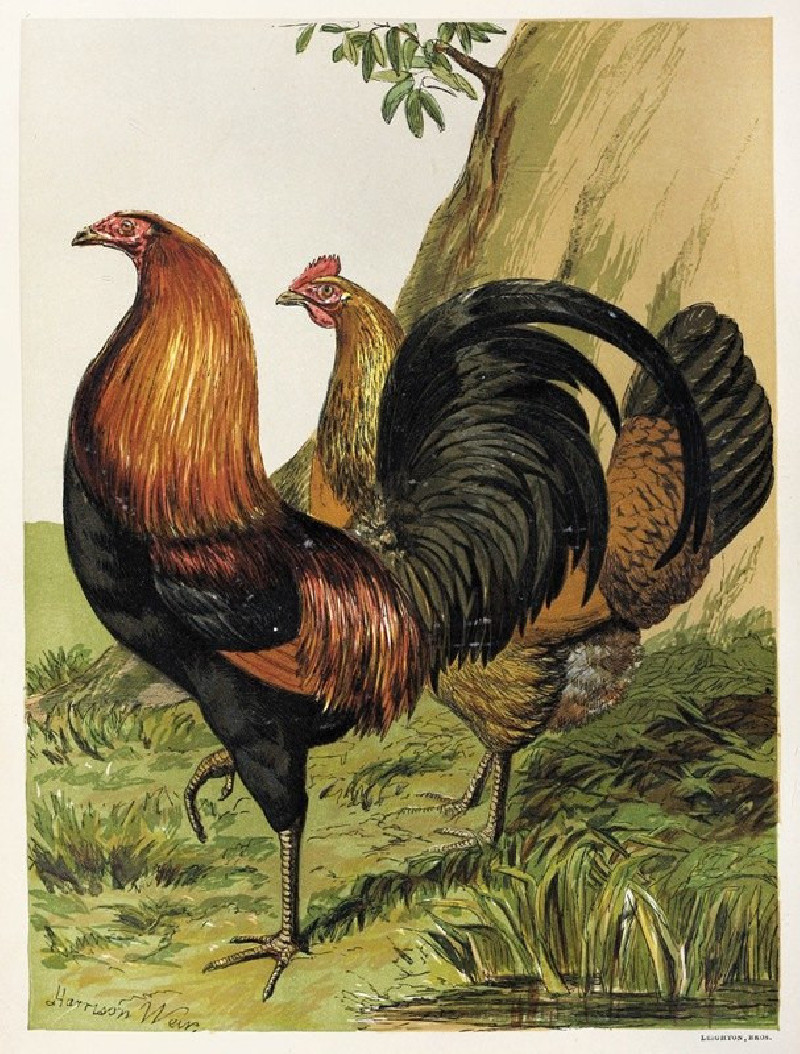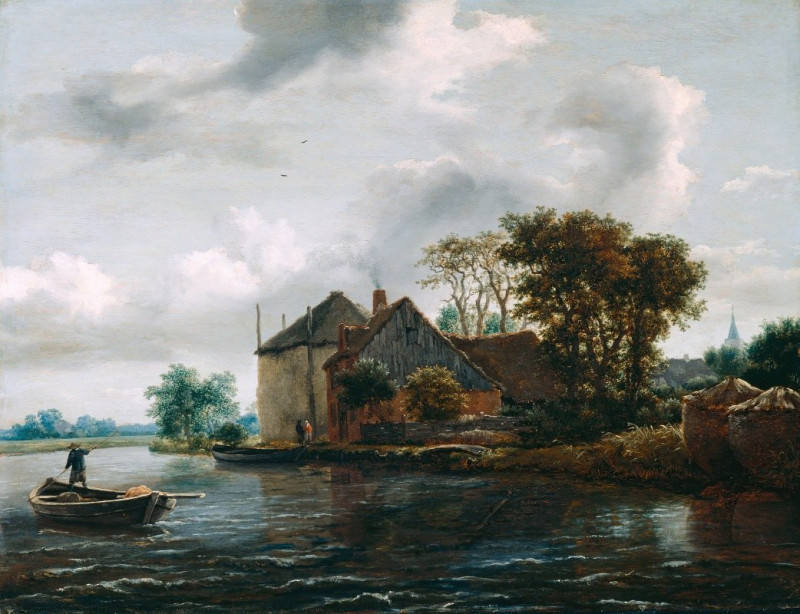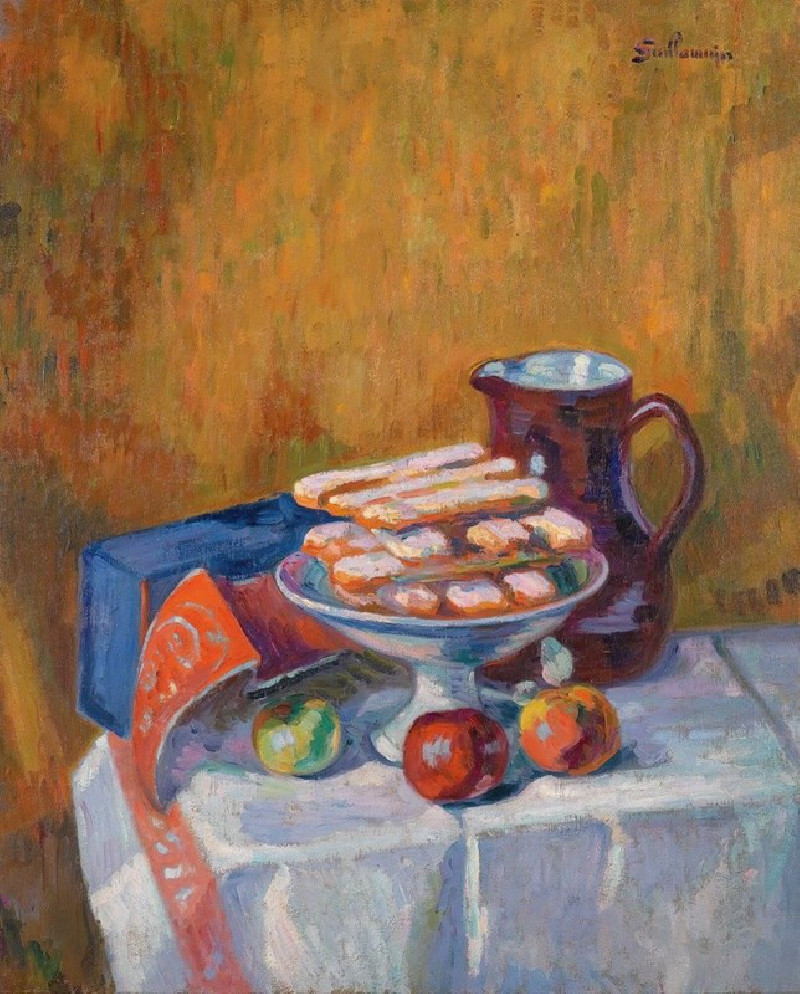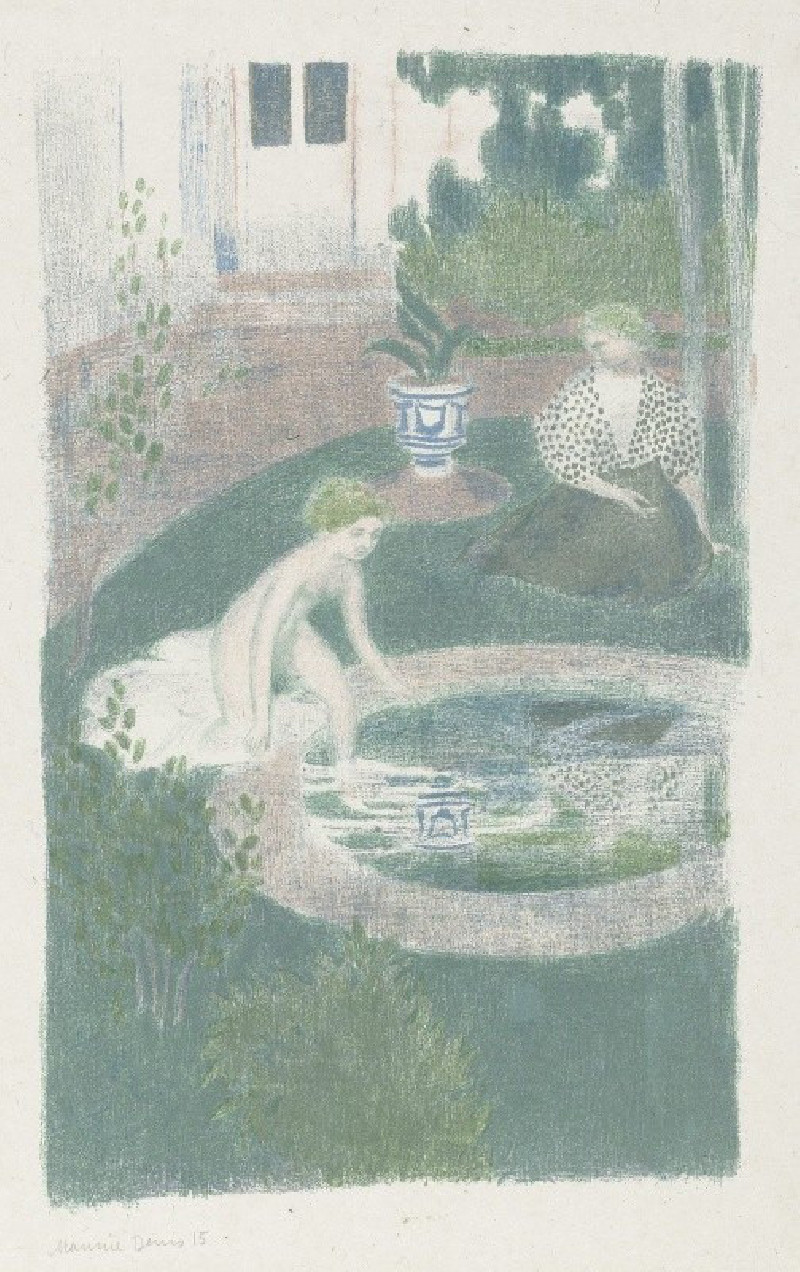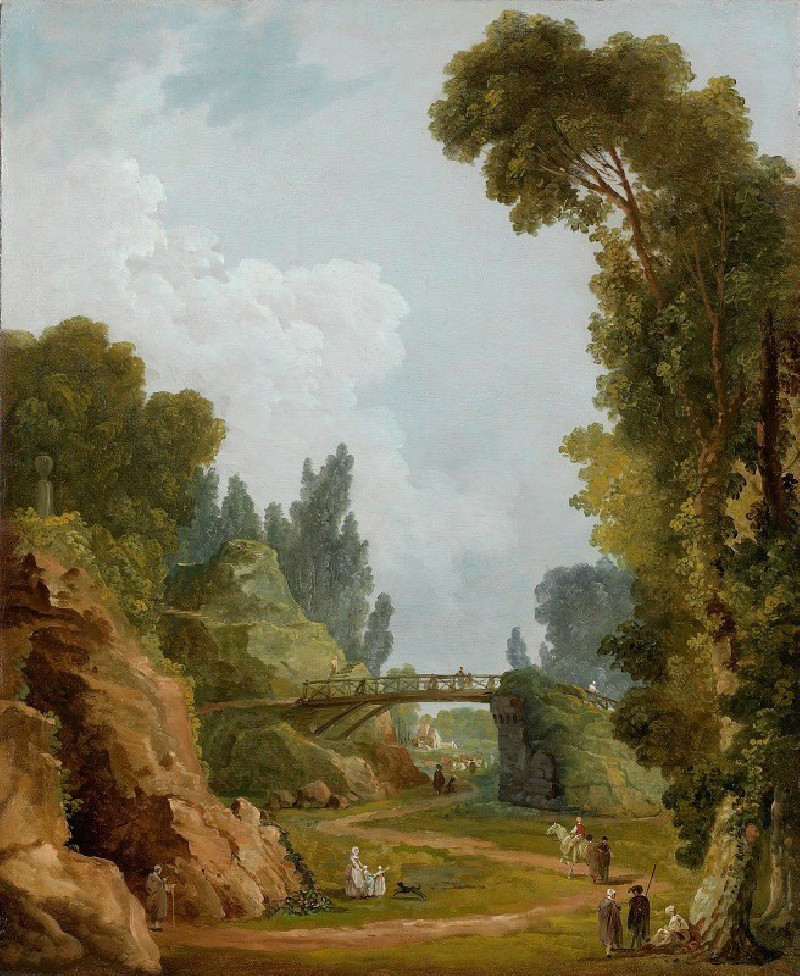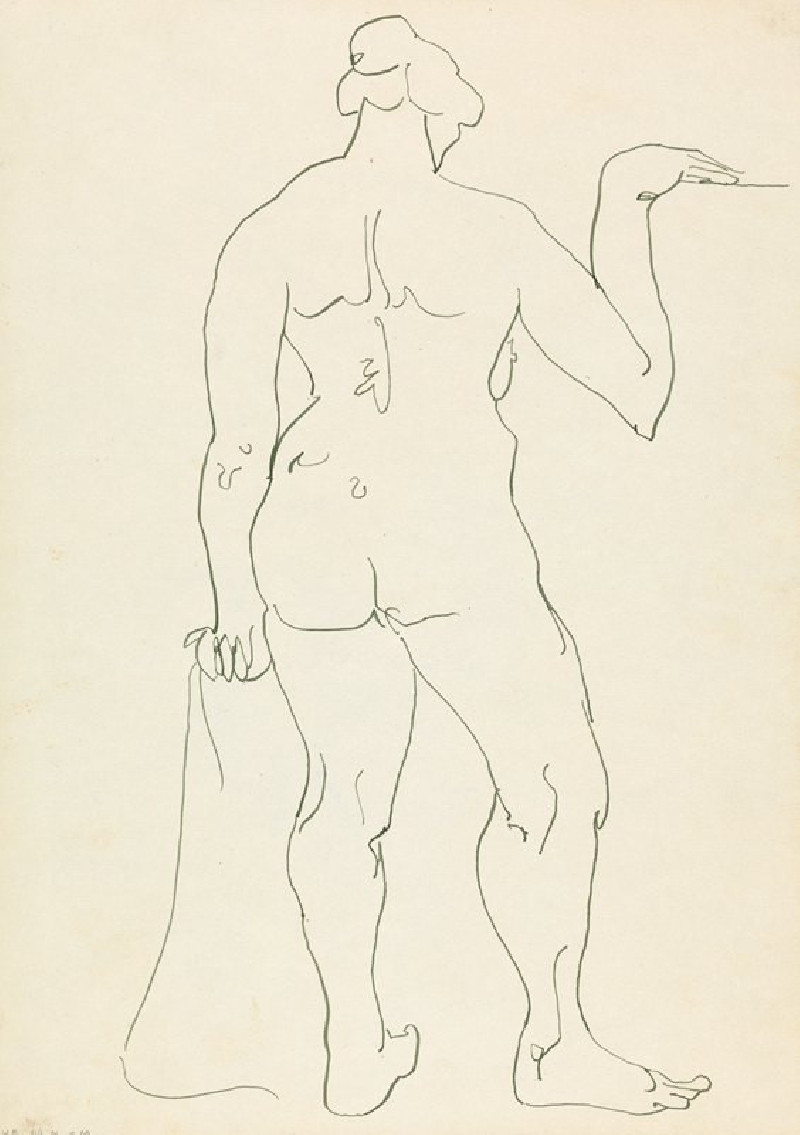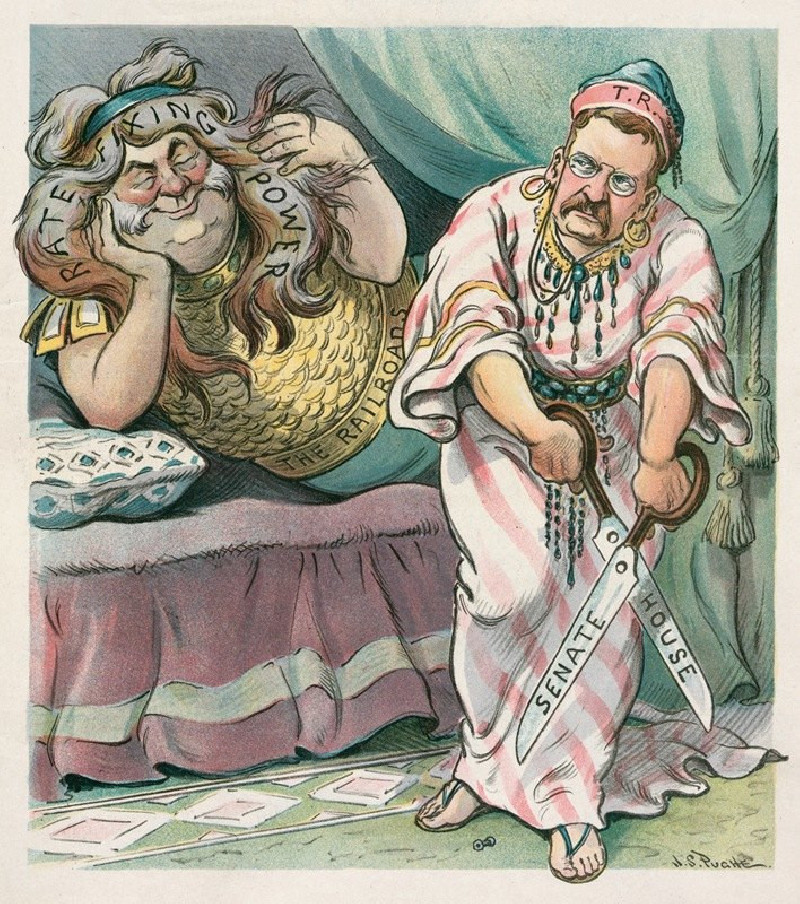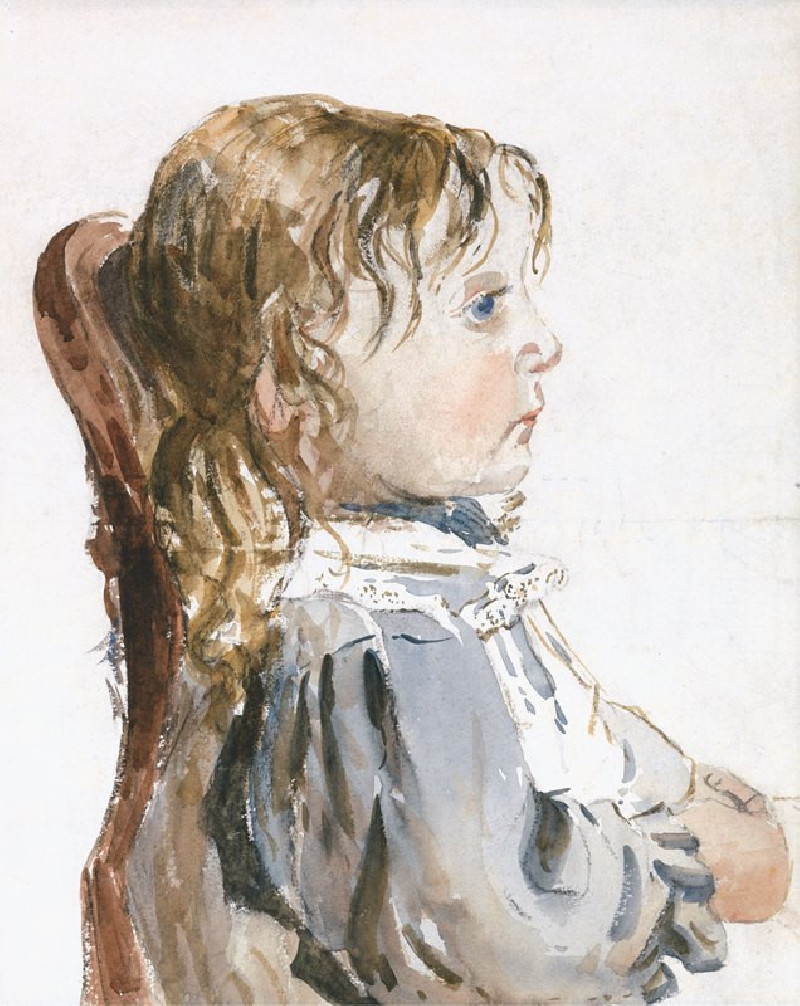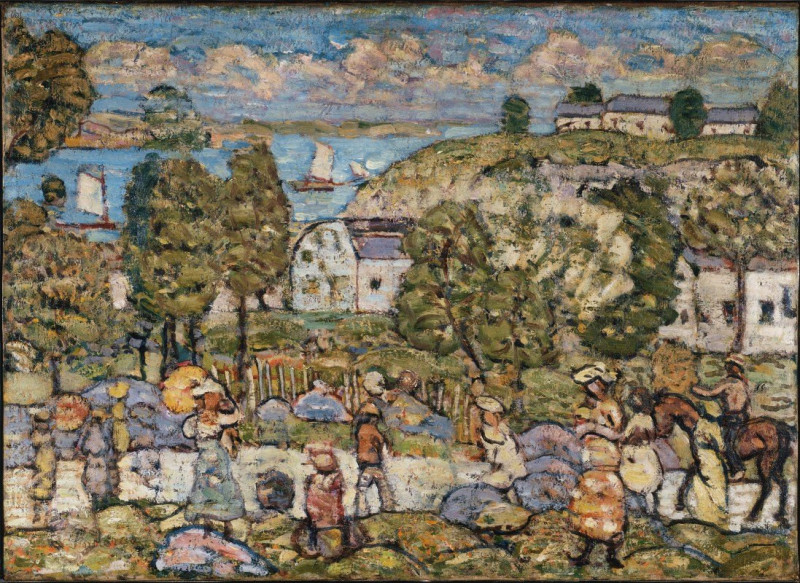Duinpan met twee figuren (1925)
Technique: Giclée quality print
Recommended by our customers
More about this artwork
Bernard Essers' captivating woodcut, *Duinpan met twee figuren* (Dune Hollow with Two Figures), created in 1925, serves as a stunning representation of the artist's precise and evocative style. This remarkable piece combines elements of natural beauty with human interaction, nestled in a serene dune landscape.At the forefront of the scene, two figures are depicted strolling through a dune hollow, characterized by its sinuously curving lines that gracefully define the contours of the sand. The figures, one bearing a walking stick and the other shielded beneath an umbrella, are portrayed in mid-motion, suggesting a moment captured in time during a peaceful wander.Above these figures, the dominance of a windswept tree captures attention, its branches dramatically stretched as if reaching out or being tugged by the wind. This tree, along with the stylized clouds and streaks of wind in the sky, injects a dynamic energy into the composition, highlighting nature's power and movement.The contrast in this woodcut is stark, utilizing deep blacks and pristine whites to underscore not only the textural details but also the interplay of light and shadow. Essers masterfully uses these contrasts to direct the viewer’s eye across the landscape, providing depth and adding to the overall emotive quality of the work.*Duinpan met twee figuren* is more than merely a scenic depiction; it explores themes of tranquility, the human bond with nature, and the simple pleasure of a walk through a uniquely captivating landscape.
Delivery
Returns
Bernard Essers (11 March 1893 – 13 May 1945) was a Dutch painter. His artistic contributions were showcased in the painting event of the art competition during the 1936 Summer Olympics. Furthermore, Essers' work was featured in the exhibition and sale titled Onze Kunst van Heden (Our Art of Today) held at the Rijksmuseum in Amsterdam in 1939.

